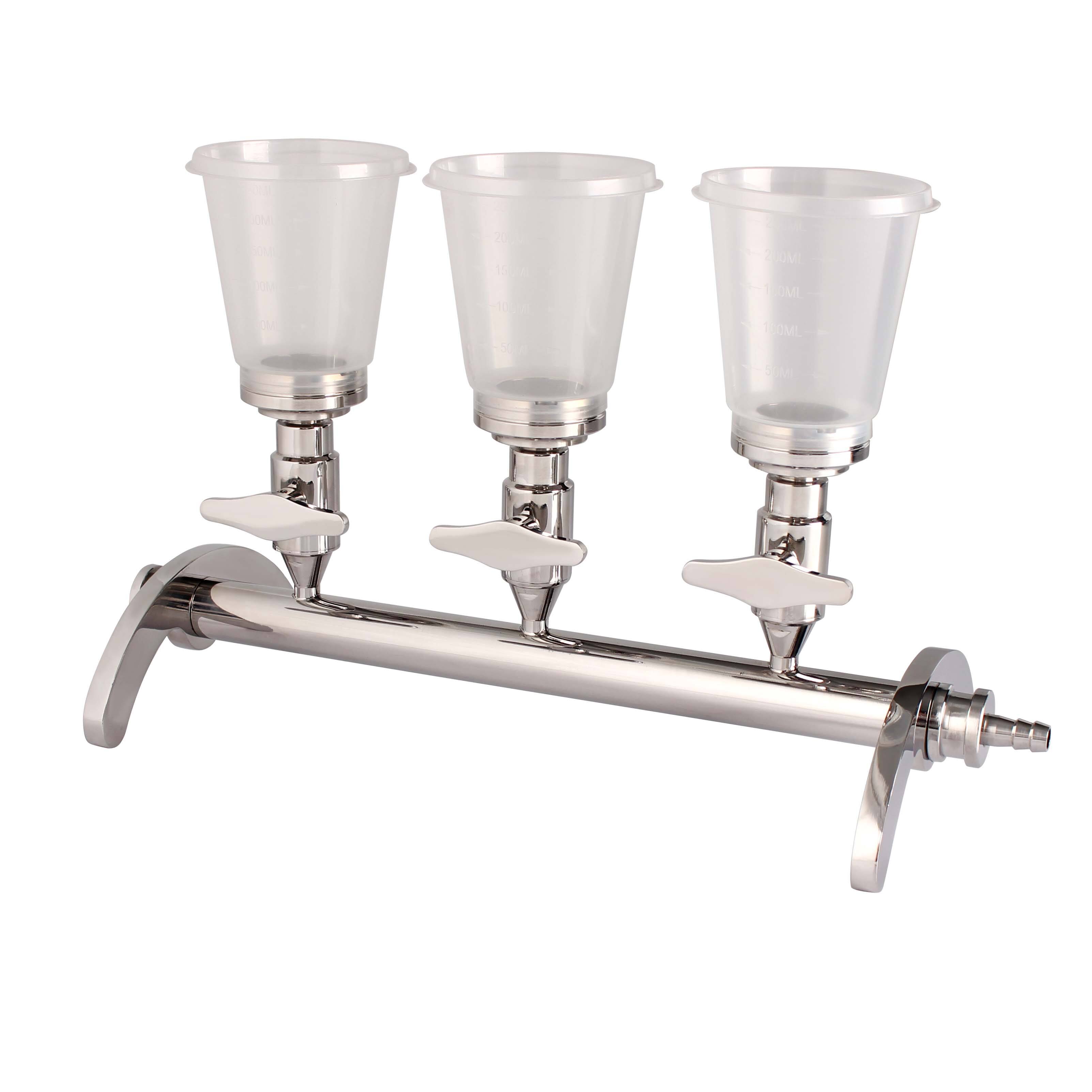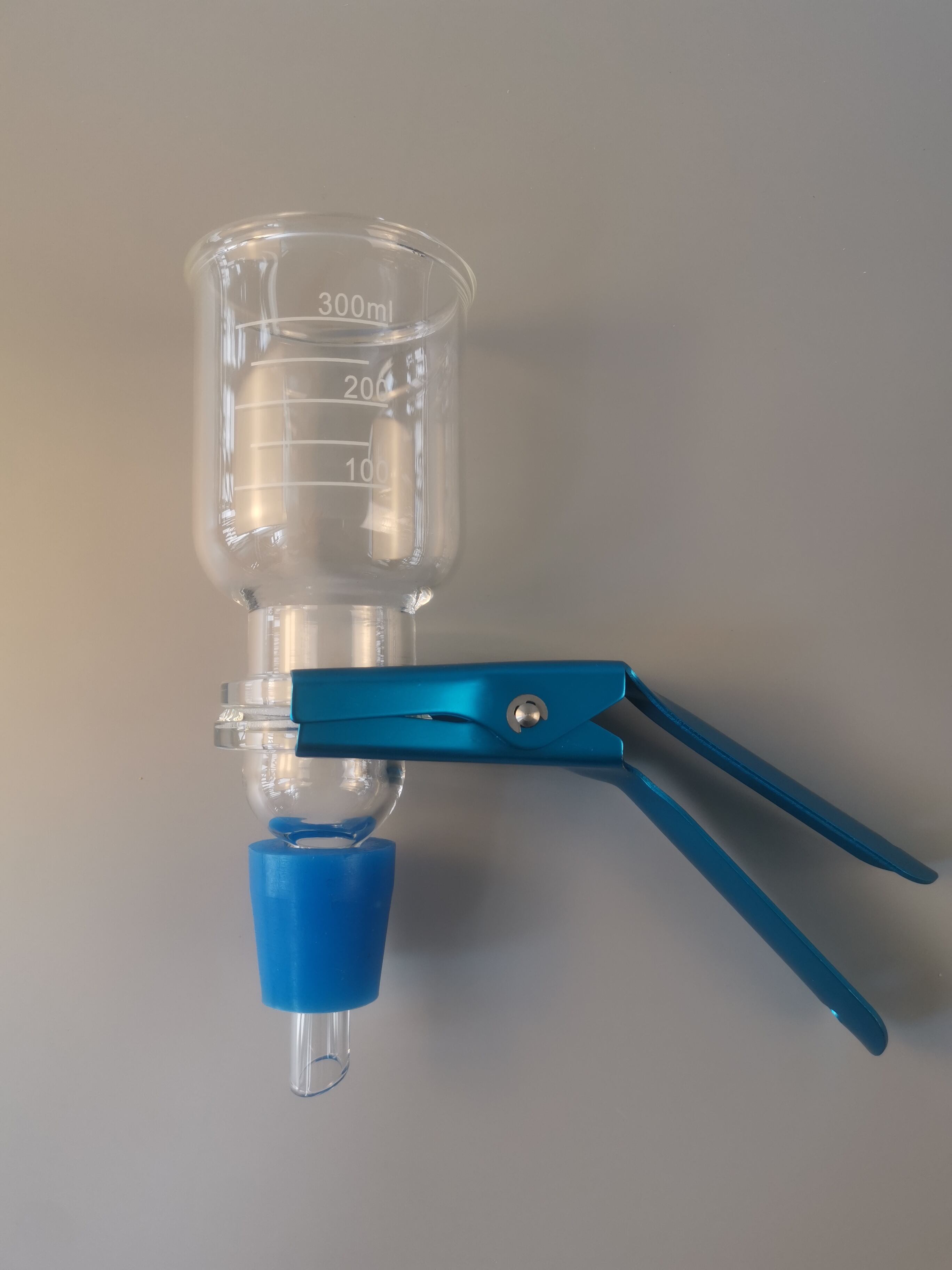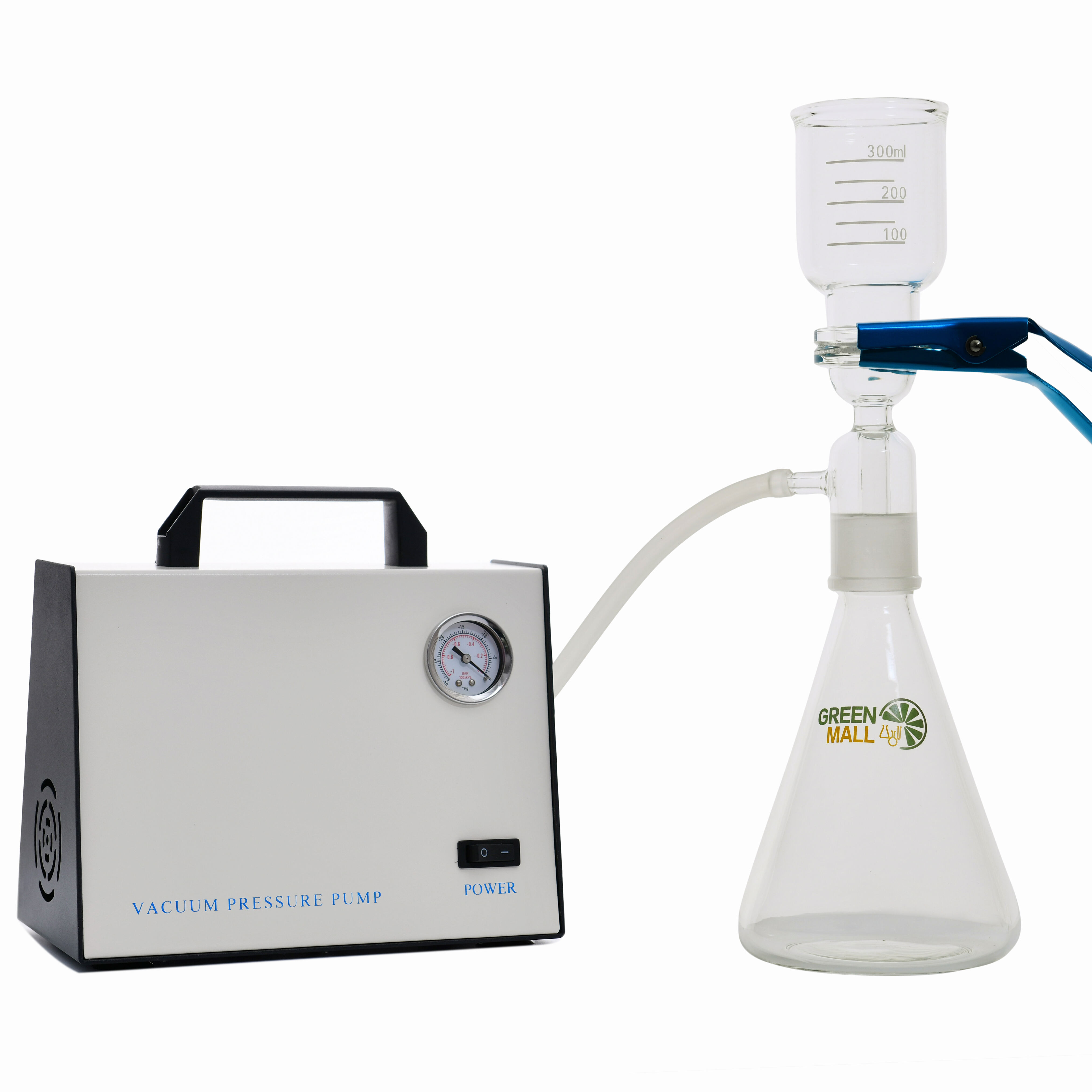quá trình lọc chân không trong phòng thí nghiệm
Lọc chân không trong phòng thí nghiệm đại diện cho một kỹ thuật phòng thí nghiệm cơ bản, giúp tăng cường đáng kể việc tách chất rắn khỏi chất lỏng thông qua việc áp dụng áp suất chân không. Hệ thống tinh vi này bao gồm nhiều thành phần chính, bao gồm nguồn chân không, bình lọc, phễu Buchner và giấy lọc, hoạt động cùng nhau để đạt được quá trình lọc nhanh chóng và hiệu quả. Công nghệ hoạt động bằng cách tạo ra sự chênh lệch áp suất làm tăng tốc độ quá trình lọc, khiến nó nhanh hơn đáng kể so với phương pháp lọc bằng trọng lực. Nguồn chân không, thường là máy bơm chân không hoặc thiết bị hút nước, tạo ra áp suất âm dưới lớp lọc, kéo chất lỏng đi qua trong khi giữ lại các hạt rắn. Sự linh hoạt của hệ thống này cho phép xử lý nhiều thể tích mẫu khác nhau, từ quy trình phân tích nhỏ đến các lần tách chuẩn bị lớn hơn. Kỹ thuật này có ứng dụng rộng rãi trong nhiều ngành khoa học khác nhau, bao gồm hóa học, sinh hóa và khoa học môi trường. Nó tỏa sáng trong các tình huống yêu cầu việc cô lập kết tủa, làm sạch dung dịch và thu hồi sản phẩm tinh thể. Các hệ thống lọc chân không hiện đại trong phòng thí nghiệm thường tích hợp các tính năng tiên tiến như kiểm soát áp suất số, bảo vệ tràn an toàn và các bộ phận chống ăn mòn hóa chất, đảm bảo cả hiệu quả và an toàn trong các hoạt động phòng thí nghiệm.


